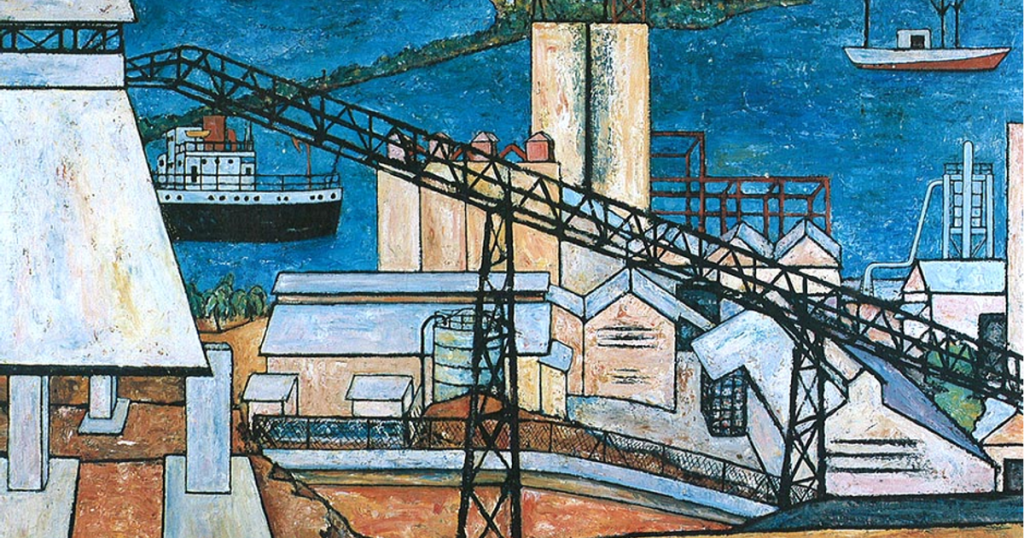Listen to the article
In a pioneering analysis of Jamaica’s national branding strategy, researchers Dorraine Duncan and colleagues have uncovered the complex relationship between propaganda, infrastructure development, and the globally recognized “Brand Jamaica” initiative.
The study examines how Jamaica’s government has methodically cultivated an international image that leverages the island’s cultural assets—from reggae music and Rastafarianism to its pristine beaches and vibrant hospitality industry—while simultaneously addressing fundamental infrastructure challenges that affect both tourists and local citizens.
“What we’re seeing is a sophisticated balancing act,” explains Duncan, the lead researcher. “Jamaica has successfully exported a carefully curated national identity that drives tourism and foreign investment, but this branding effort also serves domestic political purposes.”
The research reveals how Jamaican authorities have used infrastructure projects as both practical improvements and powerful visual symbols of progress. New highways, airport expansions, and hotel developments serve dual purposes: enhancing visitor experiences while demonstrating governmental competence to local constituencies.
Particularly noteworthy is the strategic development of Jamaica’s north coast, where tourism infrastructure has been prioritized. The expansion of cruise ports in Montego Bay, Ocho Rios, and Falmouth has significantly increased Jamaica’s capacity to accommodate international visitors, with each location designed to showcase different aspects of the Jamaican brand experience.
“These infrastructure projects aren’t merely functional,” notes co-author Robert Thompson. “They’re carefully orchestrated brand touchpoints that reinforce specific narratives about Jamaica—its natural beauty, cultural authenticity, and economic potential.”
The research also highlights the tension between the international portrayal of Jamaica as a carefree paradise and the domestic realities faced by many Jamaicans. While Brand Jamaica projects images of luxurious resorts and carefree vacations, many locals contend with infrastructure gaps in areas less visible to tourists, including inconsistent electricity service in rural regions and water access challenges in certain communities.
Tourism Minister Edmund Bartlett has previously acknowledged this dichotomy, stating that the government’s long-term strategy involves leveraging tourism revenue to fund broader infrastructure improvements. “The success of Brand Jamaica ultimately benefits all Jamaicans through increased foreign exchange, employment opportunities, and infrastructure investment,” Bartlett noted at a recent Caribbean Tourism Organization conference.
The economic impact of Brand Jamaica has been substantial, with tourism contributing approximately 34% to the island’s GDP before the pandemic and employing roughly one-quarter of the workforce either directly or indirectly. This economic engine has provided the government with political capital to pursue ambitious infrastructure agendas.
Industry analysts have praised Jamaica’s approach as a template for other developing nations seeking to leverage cultural assets while building fundamental infrastructure. “What makes Jamaica’s strategy particularly effective is how they’ve integrated their branding and infrastructure development rather than treating them as separate initiatives,” explains Caribbean tourism expert Maria Gonzalez, who was not involved in the research.
The study also examines how digital infrastructure has become increasingly central to Brand Jamaica, with significant investments in connectivity at tourist hubs and aggressive social media campaigns that amplify carefully selected aspects of Jamaican culture. The Jamaica Tourist Board’s digital presence has been recognized with multiple international awards for destination marketing.
Critics, however, argue that the focus on branding sometimes obscures deeper structural issues. Local advocacy groups point to environmental concerns associated with rapid tourism development and question whether infrastructure improvements primarily serve foreign visitors rather than addressing the needs of local communities.
As Jamaica continues navigating post-pandemic recovery, Duncan’s research suggests that the interplay between national branding and infrastructure development will remain central to the island’s economic strategy. The government recently announced a five-year, $800 million infrastructure improvement plan specifically targeting transportation networks connecting major tourist destinations with residential communities—a move that appears to address both tourism needs and local concerns.
The comprehensive study provides valuable insights into how nations with limited resources can strategically align public messaging, economic development, and infrastructure planning to maximize impact both internationally and domestically.
Verify This Yourself
Use these professional tools to fact-check and investigate claims independently
Reverse Image Search
Check if this image has been used elsewhere or in different contexts
Ask Our AI About This Claim
Get instant answers with web-powered AI analysis
Related Fact-Checks
See what other fact-checkers have said about similar claims
Want More Verification Tools?
Access our full suite of professional disinformation monitoring and investigation tools




9 Comments
The idea of using infrastructure as both a practical and symbolic tool for national branding is quite innovative. I wonder how this approach compares to strategies employed by other countries seeking to raise their global profile.
This study raises important questions about the tradeoffs involved in cultivating an idealized national image. Maintaining authenticity while addressing real-world challenges is surely no easy feat.
Fascinating look at how Jamaica has leveraged its cultural assets to craft a strong national brand. The infrastructure investments seem to serve both tourism and domestic political goals – an intriguing balancing act.
It will be interesting to see how Jamaica maintains this balance going forward, especially as the country faces infrastructure challenges impacting both visitors and locals.
Jamaica’s ability to leverage its cultural assets for branding and investment is impressive. However, the researchers’ findings about the political motivations behind infrastructure projects are thought-provoking.
It will be worth following how this plays out, both in terms of tourism and local perceptions of the government’s priorities. Balancing external and internal interests is a delicate challenge.
This research provides a nuanced look at the complex dynamics of national branding and infrastructure development. The dual purposes of Jamaica’s projects, serving both visitors and constituents, raise interesting questions about transparency and tradeoffs.
This research highlights the complex interplay between propaganda, national branding, and infrastructure development. Jamaica’s strategy appears sophisticated, though there may be concerns around prioritizing tourism over local needs.
I’m curious to learn more about how Jamaican citizens perceive this branding effort and the associated infrastructure projects. Balancing external and internal interests is a delicate challenge.